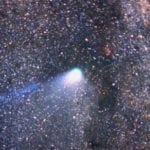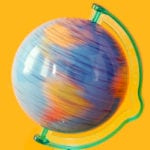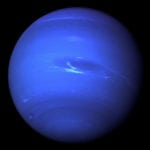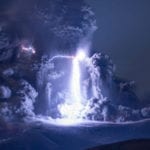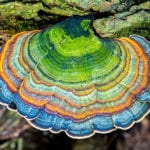 Weird Stuff
Weird Stuff  Weird Stuff
Weird Stuff  Our World
Our World 10 Ways Your Christmas Tree Is More Lit Than You Think
 Movies and TV
Movies and TV The 10 Coolest Stars to Set Sail on The Love Boat
 History
History 10 Things You Didn’t Know About the American National Anthem
 Technology
Technology Top 10 Everyday Tech Buzzwords That Hide a Darker Past
 Humans
Humans 10 Everyday Human Behaviors That Are Actually Survival Instincts
 Animals
Animals 10 Animals That Humiliated and Harmed Historical Leaders
 History
History 10 Most Influential Protests in Modern History
 Creepy
Creepy 10 More Representations of Death from Myth, Legend, and Folktale
 Technology
Technology 10 Scientific Breakthroughs of 2025 That’ll Change Everything
 Weird Stuff
Weird Stuff Ten Bizarre Facts About The Doge Meme
 Our World
Our World 10 Ways Your Christmas Tree Is More Lit Than You Think
 Movies and TV
Movies and TV The 10 Coolest Stars to Set Sail on The Love Boat
Who's Behind Listverse?

Jamie Frater
Head Editor
Jamie founded Listverse due to an insatiable desire to share fascinating, obscure, and bizarre facts. He has been a guest speaker on numerous national radio and television stations and is a five time published author.
More About Us History
History 10 Things You Didn’t Know About the American National Anthem
 Technology
Technology Top 10 Everyday Tech Buzzwords That Hide a Darker Past
 Humans
Humans 10 Everyday Human Behaviors That Are Actually Survival Instincts
 Animals
Animals 10 Animals That Humiliated and Harmed Historical Leaders
 History
History 10 Most Influential Protests in Modern History
 Creepy
Creepy 10 More Representations of Death from Myth, Legend, and Folktale
 Technology
Technology 10 Scientific Breakthroughs of 2025 That’ll Change Everything
10 Crazy Explanations Behind Earthly Phenomena
Our Earth boasts many hidden powers. Most remain (at least partially) mysterious to us, but every day, a bit more is revealed. Some days, we discover the mechanics behind major events. At this rate, it should only take us 100 million years or so to shut the book on Earth.
10What Caused The Siberian Crater?
In August 2014, a gaping crater appeared on the Yamal Peninsula in Siberia. This was an interesting phenomenon, because other than sinkholes in Florida, giant holes usually don’t appear randomly. Geologists traded theories on the origin of the crater, while paranoid skeptics suggested wacky explanations like meteors and extraterrestrial influences.
To solve the mystery, scientists erred on the side of sensibility and jumped into the bottomless maw. The craters (plural, as many others are being discovered) were not the result of advanced alien weaponry. A much more terrestrial and much less glorious explanation surfaced—methane. Measurements revealed that methane concentrations within the crater’s bowels approached 10 percent. Air is normally about 0.000179 percent methane.
The offending gas seeps up from thawing permafrost. And as global temperatures rise, clumps of methane bubble toward the surface faster and faster. Once the welling methane blobs reach a critical threshold, the gasses blast through the Siberian crust. This is supported by the mysterious Siberian pits’ resemblance to explosion craters, rather than sinkholes or cavities formed through implosion. Debris strewn around the site are the telltale sign of mighty booms.
9What Causes Earthquake Lights?
Earthquake lights would be awesome events if not for the earthquake part of the equation. These mysterious flashes have been observed in various forms such as orbs and pillars. And many explanations have been volunteered, including, you guessed it, aliens. Scientists, however, theorized the cause was a perfect storm of piezoelectric forces and geologic trauma.
The true cause appears to be different. Instead of previously implicated quartz-rich rocks, earthquake lights seem to be caused by sparking volcanic rocks because igneous materials like basalts and gabbros are rife with pores and tiny defects. Imagine Earth as a pint of ice cream. The basalts and their ilk are the swirls of fudge, vertical ribbons of cooled magma that have solidified into veins of porous rock. These structures reach down for many miles and act as conduits for escaping electrical forces.
When seismic waves plow through, they spark the rocks to life, transforming them into makeshift battery cells. The electrical buildup is then released psychedelically, in vibrant rainbow bands shooting from the ground. However, the volcanic rocks necessary to produce these trippy effects are rarely found in adequate amount. Therefore, earthquake lights are not often observed.
8Can Hurricanes Help Invasive Species?

Researchers from Nova Southeastern University have found an unlikely cause of the proliferation of invasive marine species—hurricanes. Lionfish have multiplied like crazy in recent years, ravaging indigenous ecosystems by voraciously gobbling up resources and producing many ugly babies. Overall, hurricanes have increased lionfish migrations by 45 percent and strengthened their numbers by 15 percent. The situation is so dire that landlubbers and seamen alike are implored to eat more lionfish.
The Floridian straits served as lionfish ground zero, but since 1992, the invaders have been busy and are now found in worrying numbers throughout the Bahamas as well. Scientists were stumped. How were these normally sedentary creatures able to travel so freely? The answer is through no effort of their own—the fish were obliviously whisked away by shifting ocean currents. The oceanic conveyors responsible for the lionfish exodus were hurricanes, which redirect sea currents as they rumble through the tropics and subtropics. Researcher Matthew Johnston likens these pathways to express lanes on a superhighway.
Strong ocean currents normally form a barrier and keep the lionfish sequestered from the ocean at large. But when a large storm rolls through, the barrier is switched off as strong northern flows are diverted eastward. Lionfish babies and eggs are swept away by these intense flows, and the invasion continues.
7Why Was The Tohoku Earthquake Tsunami So Large?
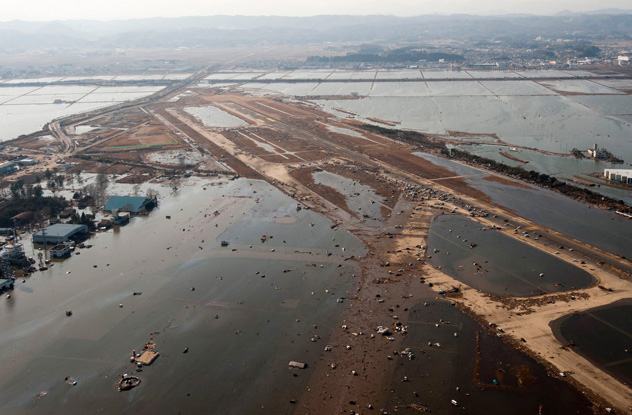
The 9.0 magnitude Tohoku earthquake that devastated Japan in March 2011 was an absolute monster—the fifth-largest in recorded history. But the ensuing tsunami was uncharacteristically massive and impacted the island at an odd spot, scientifically speaking.
The mystery persisted until NASA remembered it had two serendipitously aligned satellites that captured the tsunami in real-time. The chance of such a satellite being pointed in the right direction was one in 10 million. The ESA also had a set of eyes on the event. The data, oceanographic measurements accurate to the centimeter, revealed the devastation was caused by not one, but two tsunamis.
The brutal earthquake launched two massive wave fronts at the island nation, and these two systems combined into what science has eloquently dubbed a “double tsunami.” The catastrophe offered researchers their first definitive glimpse at this destructive phenomenon. Twin tsunamis had been implicated in previous disasters. For example, in 1960, a Chilean tsunami crossed large swaths of the Pacific Ocean to take 200 lives in Hawaii and Japan. But now that researchers have witnessed a bona fide merger, they’ll be able to predict future events, improve hazard maps, and devise better evacuation routes.
6What’s The Terrestrial Version Of A Black Hole?
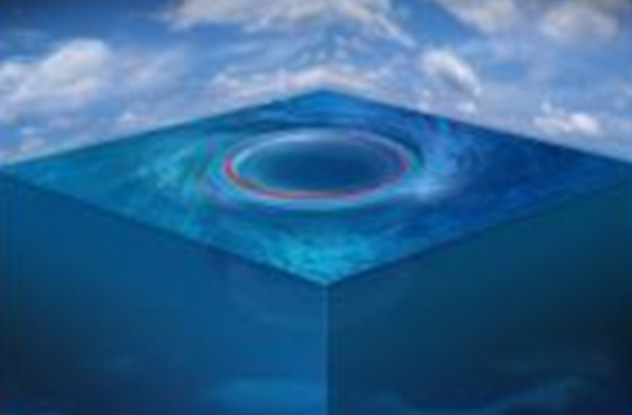
Black holes are the most exotic, unimaginable objects in the universe. Researchers have found an Earth analogue in South Atlantic vortices, which boast aquatic event horizons from which nothing escapes—at least until the dissolution of the vortex.
The individual vortices are mere babies compared to their progenitor, the mighty Agulhas Current, which traverses the Indian Ocean before doubling back on itself. When the physics are just right, the looping current spawns little eddies that flow out into the ocean at large.
These eddies have life spans of many months and are surprisingly similar to their feared cosmic counterparts. For one, they’re surrounded by impregnable walls of swirling water, as black holes are enveloped by a shroud of orbiting photons and other celestial matter. Anything that ventures into this no man’s land is assimilated into a singularity and is never heard from again. The oceanic eddies also feature central singularities from which materials cannot escape. In this way, the eddies form their own independent microenvironments.
Researchers are keen to investigate how these whirlpools contribute to the circulation of marine detritus, tiny organisms, and waters of differing temperatures and salinities. Researchers are optimistic about finding similarly turbulent vortices produced by other terrestrial processes, such as eolian black holes whipped up by hurricanes.
5Do Wildfires Always Cause Global Warming?
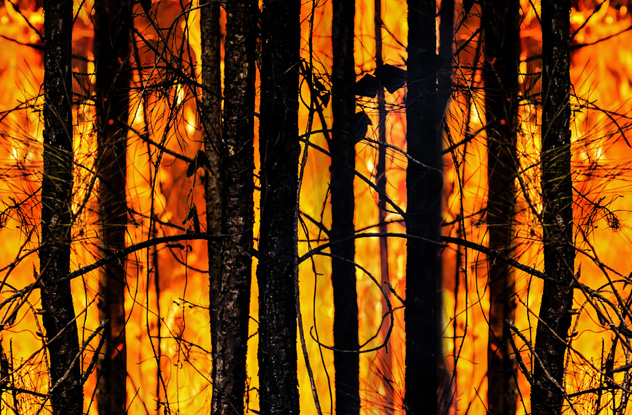
It’s only three months into the year, but we might have a winner for most ironic geopyrological discovery of 2015: Wildfires can cause regional cooling. This may seem wildly counterintuitive because fire is hot. And conventional wisdom tells us that fires transmute trees and related foliage into pollution, in the form of greenhouse gasses like carbon dioxide.
But the disintegration of large swaths of organic material can be beneficial as well. Clearing the shrubbery increases local albedo, or reflective value. The amount of sunlight bounced back out into space increases. This cooling is observed in boreal biomes.
However, the immediate surge in burning pollution that accompanies a major fire does contribute to warming. And as the black ash falls back to Earth, it blankets the region, increasing absorption of solar radiation. But after the ashes clear, it’s smooth sailing.
First, a snowy and highly reflective surface is revealed to the Sun, and solar rays are reflected back into the cosmos. Then, new deciduous species replace the pre-fire conifers. And their young, glossy leaves offer additional reflective surfaces to thwart the Sun. In winter, the newcomers shed their leaves, unlike their piney predecessors, and a mirror-like terrain once again reveals itself.
So yes, the initial fire is kind of an environmental hazard. But scientists predict that in only eight decades, the effects reverse. At this point, the deleterious effects of the fire will have been undone, yet local cooling will persist.
4What’s Causing The Global Warming Hiatus?
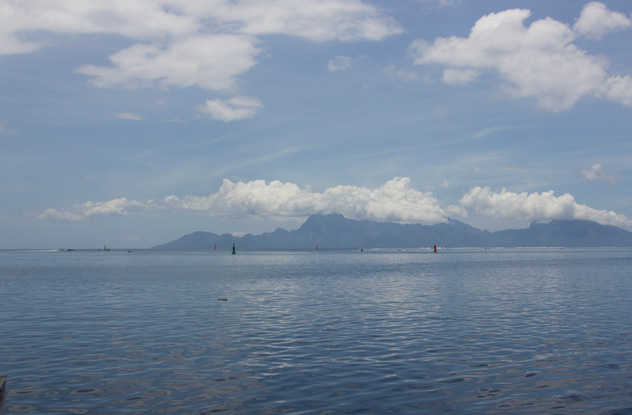
Global temperatures increased at high rates in the 20th century, but since 1998, there’s been an unexpected lull. This has inspired optimism in the wasteful and righteousness in climate change deniers. To scientists, the decreased global warming rates are suspicious.
It turns out that we’re in the eye of the environmental tornado. The Pacific Ocean is doing us a huge favor by dissipating large chunks of solar radiation into its watery bosom, part of a natural cycle played out over tiny geological timeframes.
The global warming hiatus—now seen as more of a “false pause”—started in the late ’90s. This date syncs with the back end of the El Nino warming event of 1997–1998. The Pacific Ocean cycles through its hot and cold phases for 16-20 years, suggesting a return to warmer waters any day now. Sadly, the intermittent periods of calm won’t do much to buck long-term trends. But at least now we know what’s happening.
3What Do The Tectonic Plates Slide On?
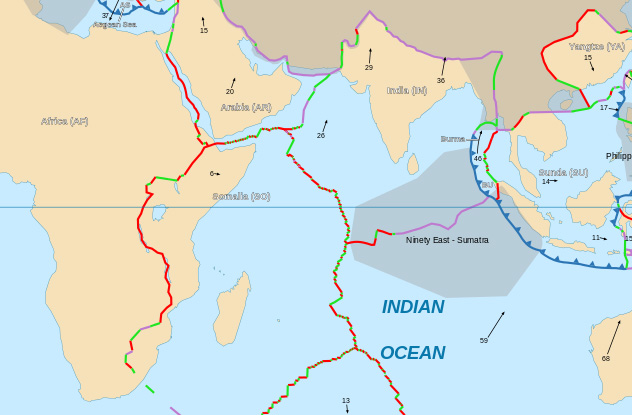
The theory of plate tectonics has been generally accepted for a while now, but it’s never been clear what the continental slabs are sliding upon. To find out, researchers in New Zealand used one of the oldest scientific methods known to man: explosions.
Seismic measurements are usually revealed by earthquakes. But Kiwi researchers didn’t have time to wait for natural tremors, so they made their own. The team ventured to the southern tip of New Zealand’s North Island and poured explosive slurry into a series of 50-meter-deep (160 ft), steel-insulated bore holes. The holes were drilled across a major subduction zone, where the Pacific plate joints the Australian plate. The explosion produced a downward-traveling earthquake and teased some telltale jiggles out of the crust.
They found that the lithosphere (the crust) slides along a 5-kilometer-thick (3 mi) conveyor formed of a lubricating, jelly-like rock mixture. Officially the lithosphere asthenosphere boundary (LAB), this glorified Earth-lube disconnects the crust from the mantle and provides a cushy platform for continental shifts. It’s believed the LAB’s squishiness is a result of increased water or magma content. Surprisingly, a tiny increase of 1–2 percent compared to the crust is enough to form the gelatinous boundary.
However, researchers still don’t know whether the plates are pushed or pulled along the syrupy effluence and if this material is present underneath all plates. Whether a race of malefic mole men is implicated remains a mystery as well.
2What’s Happening With Earth’s Core?
If finding a lubricating belt of tectonic sludge wasn’t exciting enough, collaborators from the University of Illinois and Nanjing University have discovered Earth’s second core. This breaking seismic research shows that Earth’s innermost core is, in fact, Earth’s second-innermost core. And the smaller sphere roiling within it sits mysteriously on its side, with its constituent iron crystals aligned east to west (as opposed to north to south).
Obviously, a discovery of this magnitude deserves the good champagne. The additional core reveals Earth as a complicated, planetary onion full of inner tumult. The newly observed core churns against an outer shell of molten iron alloys as it steadily grows larger, at less than 1 millimeter a year.
The new core is also geologically akin to a time capsule. Researchers estimate that it solidified 500 million–1.5 billion years ago. That’s not too long ago, on a global timescale 4.5 billion years long. Some major primeval event or catastrophe must have befallen the core soon after its birth, which would explain its sideways orientation.
1What Causes The Theta Aurora?
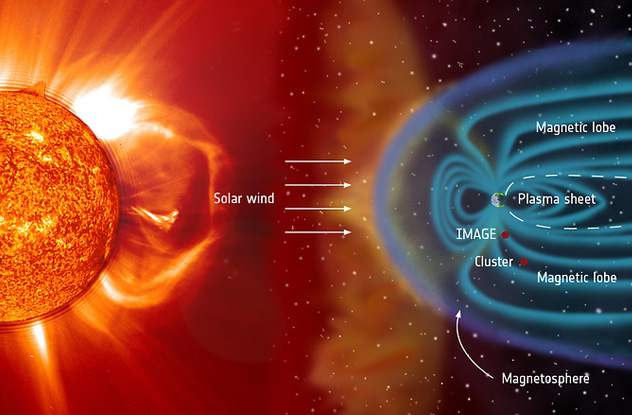
The theta aurora, named for its resemblance to the eponymous Greek letter, is an oval-shaped region of electromagnetic activity at the edge of Earth and space. It cannot be seen from the ground, and its existence was undetermined until space-age observations let us view the Earth from an external vantage point.
Unlike the regular auroras popularized on postcards and such, the cosmic mechanisms that birth theta aurora outbursts were poorly understood. One possible explanation credits unusually hot globules of plasma crashing against our magnetosphere. Then combined satellite data fingered another culprit: funneled solar winds and magnetic mirrors (when ions bounce from high-density to low-density fields).
It appears the theta aurora is caused by plasma confined within enclosed fields. The charged particles are heated and bounce against closed lines as if trapped inside a giant, magnetic bouncy house. This explanation differs from the original supposition that the theta was caused directly by sweeping solar winds against our planet’s magnetic mane.

